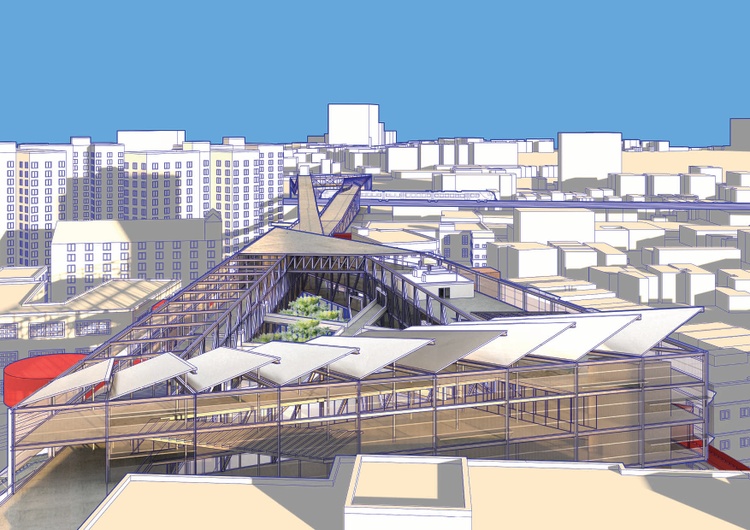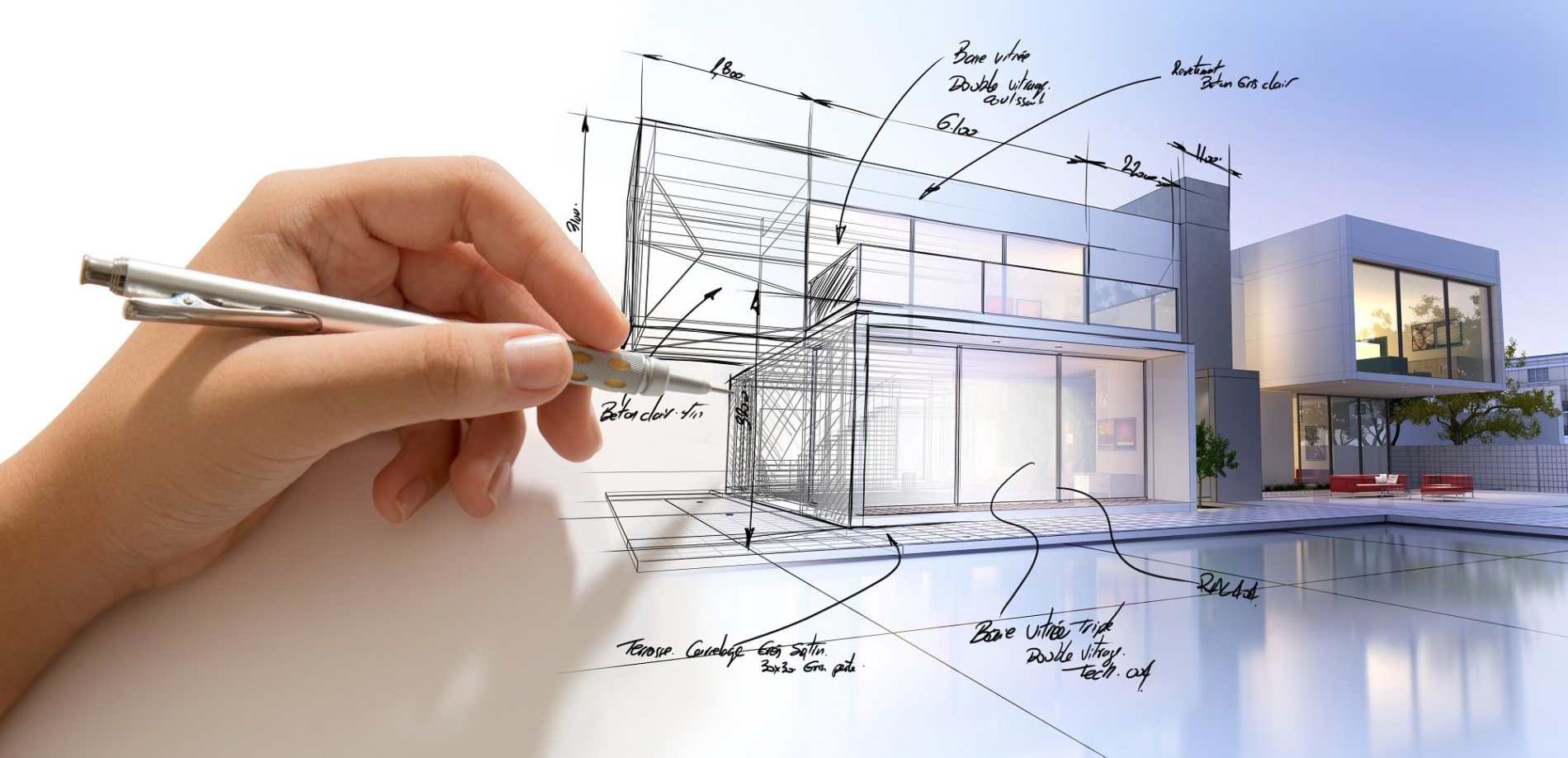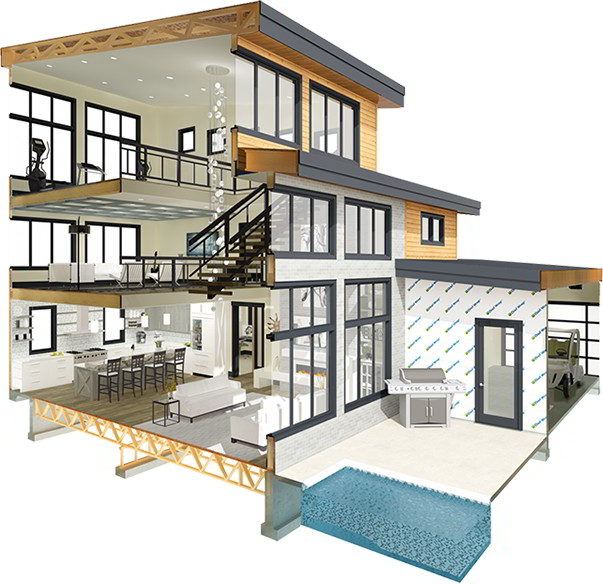Just How CDA Architects Integrate Imagination and Capability in Modern Style
The Influence of Technological Advancements on the Style Practices of Contemporary Architects
The quick evolution of technological devices has actually significantly reshaped the design landscape for contemporary designers, promoting unmatched degrees of development and sustainability. Checking out these characteristics exposes a nuanced interaction in between modern technology and typical layout techniques, motivating a more detailed exam of what the future holds for building techniques.
Advancement of Architectural Devices
Just how have building devices changed the style and building procedures over the centuries? The development of architectural tools has actually dramatically affected the performance, accuracy, and creative thinking of layout and construction. In old times, architects count on simple tools such as plumb bobs, determining rods, and basic geometry to create frameworks. These devices laid the foundation for very early building method, permitting the construction of legendary frameworks, albeit with limitations in accuracy and intricacy.
With the development of the Renaissance, the introduction of the compass and the protractor noted a critical change. These devices made it possible for engineers to accomplish greater precision in their designs, promoting the appearance of more detailed and proportionate buildings. The Industrial Transformation even more revolutionized building practice with the intro of mechanical tools and products, permitting bigger and a lot more enthusiastic jobs.
In the 20th century, the growth of computer-aided design (CAD) software program transformed the landscape when again, giving architects with extraordinary capabilities in modeling and visualization. Today, progressed devices such as Building Info Modeling (BIM) and parametric layout software application proceed to press the boundaries of architectural technology, enabling a much more incorporated approach to design and building procedures.
Enhanced Collaboration in Design
As technology remains to develop, improved partnership in style has actually come to be a keystone of modern-day building technique. The assimilation of electronic devices such as Building Info Modeling (BIM), cloud-based platforms, and advanced visualization software has transformed the way engineers, designers, and stakeholders engage throughout the style process. These tools assist in real-time interaction, enabling teams to share ideas, adjustments, and feedback quickly, regardless of geographical location.

Furthermore, interdisciplinary cooperation has been streamlined via these technological improvements, making it possible for architects to work extra closely with other professionals, such as metropolitan organizers and ecological specialists. The outcome is an extra natural approach to develop that thinks about numerous perspectives and competence. Inevitably, enhanced partnership in style is not simply a fad; it is essential for creating innovative, practical, and visually pleasing design in a progressively intricate globe.

Sustainability Via Modern Technology
Sustainability in design has increasingly come to be intertwined with technological technology, driving the market toward eco accountable practices. Contemporary engineers are leveraging sophisticated technologies to decrease ecological impact while boosting the performance of structures. cda architects. One famous example is the usage of Building Details Modeling (BIM), which enables accurate preparation and resource allocation, minimizing waste during building and construction and promoting power efficiency throughout a structure's lifecycle
Furthermore, clever materials and energy-efficient systems are being incorporated into layouts to enhance source usage. Technologies such as solar batteries and green roof harness renewable resource resources, adding to minimized carbon impacts. Furthermore, the application of fabricated intelligence in layout processes allows engineers to mimic and assess energy usage, assisting decisions toward even more lasting outcomes.
The combination of lasting innovations not only aligns with international environmental goals yet additionally fulfills an enhancing demand from consumers for environmentally friendly remedies. As engineers welcome these innovations, the emphasis changes towards producing areas that are not just cosmetically pleasing but also functionally sustainable, thus redefining the requirements of modern-day style. By doing this, technology works as a driver for sustainability, allowing designers to create structures that regard and boost the native environment.
Challenges in Implementation
While technological developments in architecture hold excellent pledge for improving sustainability, their application typically comes across considerable difficulties. One main obstacle is the steep knowing curve related to new modern technologies. Engineers and building and construction experts may require extensive training to effectively make use of innovative software and devices, which can postpone job timelines and enhance costs.
In addition, the combination of emerging technologies, such as Structure Info Modeling (BIM) and sustainable products, usually requires partnership across multidisciplinary teams. This cooperation can be impeded by differences in knowledge, workflows, and interaction styles, bring about prospective conflicts and inadequacies.

Moreover, regulatory frameworks and structure codes might not maintain rate with technical advancements, creating uncertainty and possible conformity issues. This challenge can dissuade architects from completely accepting new innovations, as the danger of non-compliance might exceed the benefits. Attending to these application difficulties is important for the successful integration of technological advancements in modern building methods.
Future Patterns in Style
The challenges connected with the execution of new innovations in design have actually prompted a reevaluation original site of future patterns within the market - cda architects. As architects navigate concerns such as sustainability, urbanization, and social equity, they are increasingly embracing ingenious innovations to enhance style effectiveness and environmental efficiency
One popular trend is the assimilation of man-made intelligence (AI) in the layout procedure. AI tools can examine large datasets to inform style decisions, boosting both imagination and functionality. In A Similar Way, Building Details Modeling (BIM) remains to advance, allowing real-time collaboration amongst stakeholders and helping with structured job management.
Lasting design methods are also getting energy, with architects concentrating on adaptive reuse and regenerative style concepts that minimize source intake and waste. The incorporation of wise products and sustainable power resources will additionally boost the resilience of buildings despite climate modification.
In addition, the rise of parametric design enables for even more personalized and context-sensitive architectural services (cda architects). By taking advantage view website of these developments, engineers are positioned to develop built atmospheres that not only attend to the prompt needs of society however additionally prepare for future obstacles, thereby redefining the role of architecture in an ever-changing world
Final Thought
Technical advancements have actually substantially reshaped building style methods, facilitating boosted precision, collaboration, and sustainability. The assimilation of tools such as Building Information Modeling and parametric layout software application, alongside fabricated intelligence and smart products, empowers engineers to deal with intricate difficulties more properly.